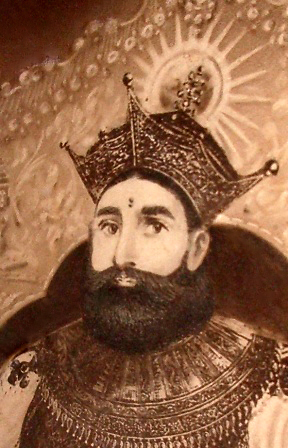Presumbly, the tradition would have carried on from that time till the present day. They would likely have initially worked for Harun Al-Rashid, a caliph in the Abbasid caliphate in the late 8th century. The Abbasid caliphate ruled the entire Middle East and much of North Africa at its height. Under its reign, the arts and sciences flourished. A Thousand and One Nights (also known as the Arabian Nights), which contains the tale of Sindbad, was compiled during this period.

Abbasid Caliphate. Web Source: Wikipedia.
The Abbasid caliphate's rule in Iraq ended after the Mongols invaded. In the latter half of the 18th century and the beginning of the 19th it was under the rule of the Mamluk dynasty. In the mid-19th century the Ottomans gained control of the region. In my story, the tradition of Sindbad the Sailor would have continued through the different dynasties.
One of the other real places that Sindbad visits is the island of Serendib, known formerly as Ceylon and now being the modern country of Sri Lanka. Part of his accomplishment and then mission was to establish a relationship between Harun Al-Rashid and Serendib. My story will tell how his successor in the early 19th century was called upon to help the kingdom of Kandy, located on the island of Lanka, defend itself against the British East India Company. The British were actually defeated in one of the Kandyan wars, so I may have that be due to Sindbad's intervention.

The Last King of Kandy. Web Source: Wikipedia.
To incorporate more elements from the original stories, I will bring some of the other creatures, such as the rocs, giant snakes, and elephants, onto Serendib, although they were originally found on other islands. They will serve as allies to Sindbad in his fight against the British.
Bibliography: Andrew Lang's The Arabian Nights' Entertainments, link.
Bibliography: Andrew Lang's The Arabian Nights' Entertainments, link.
Aucun commentaire:
Enregistrer un commentaire